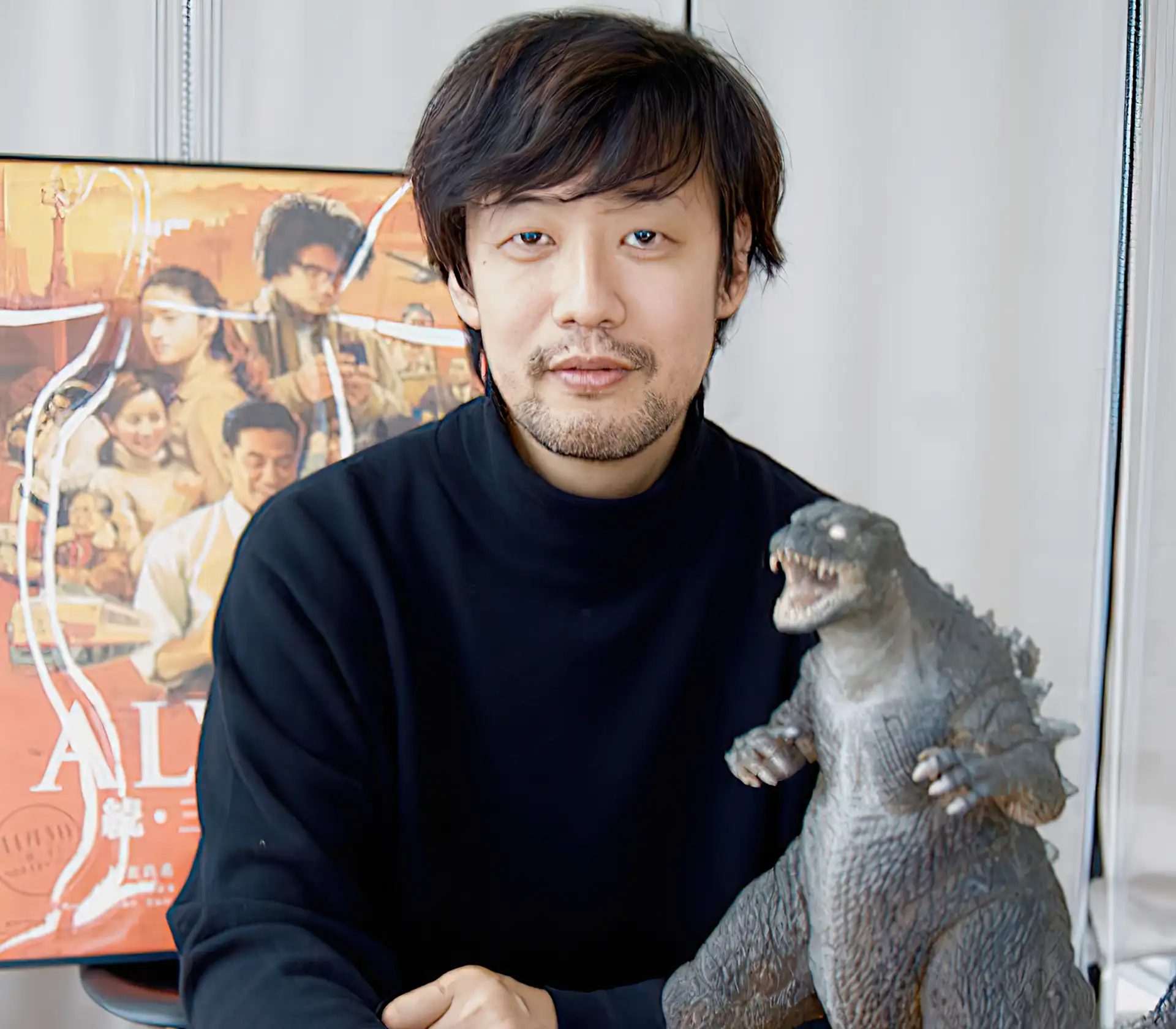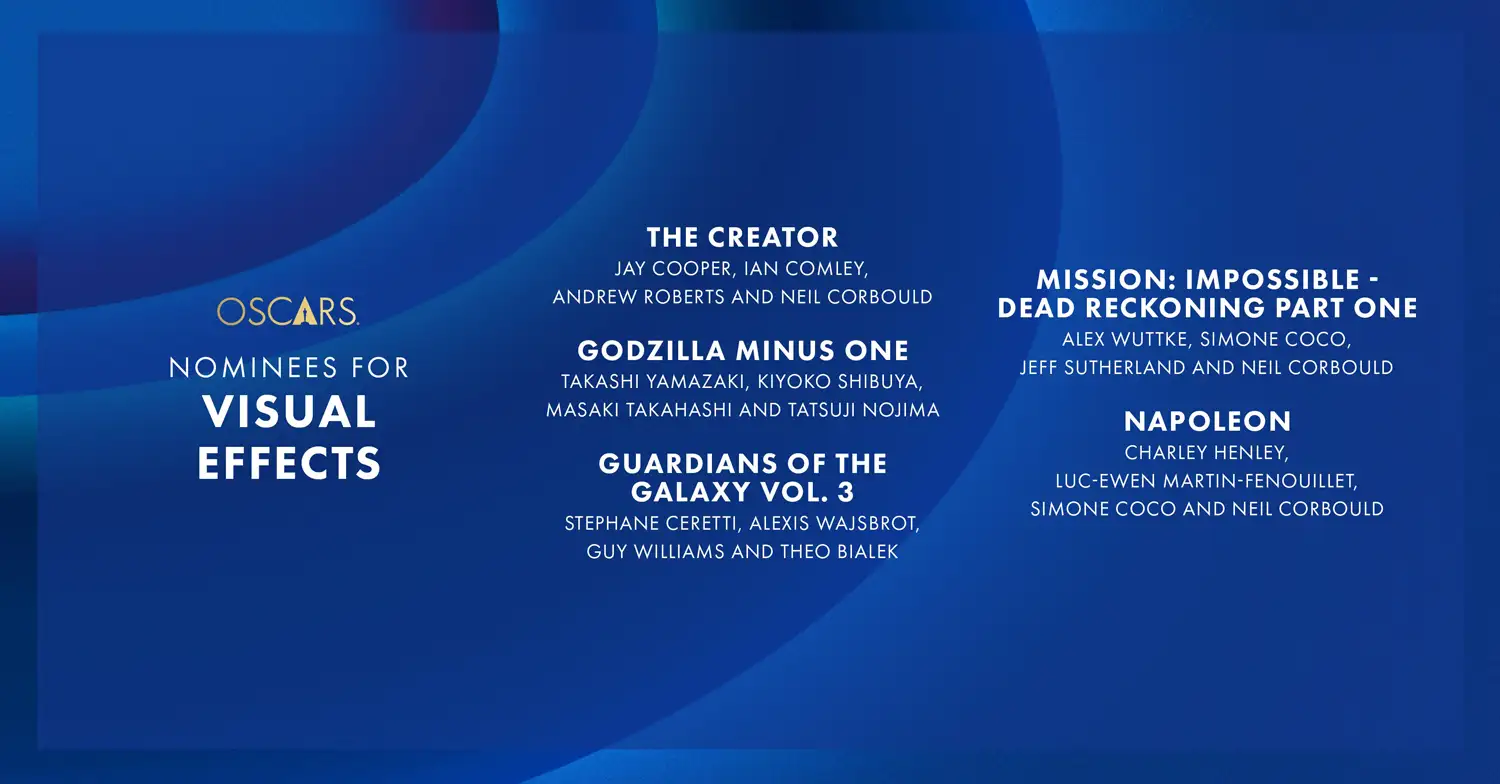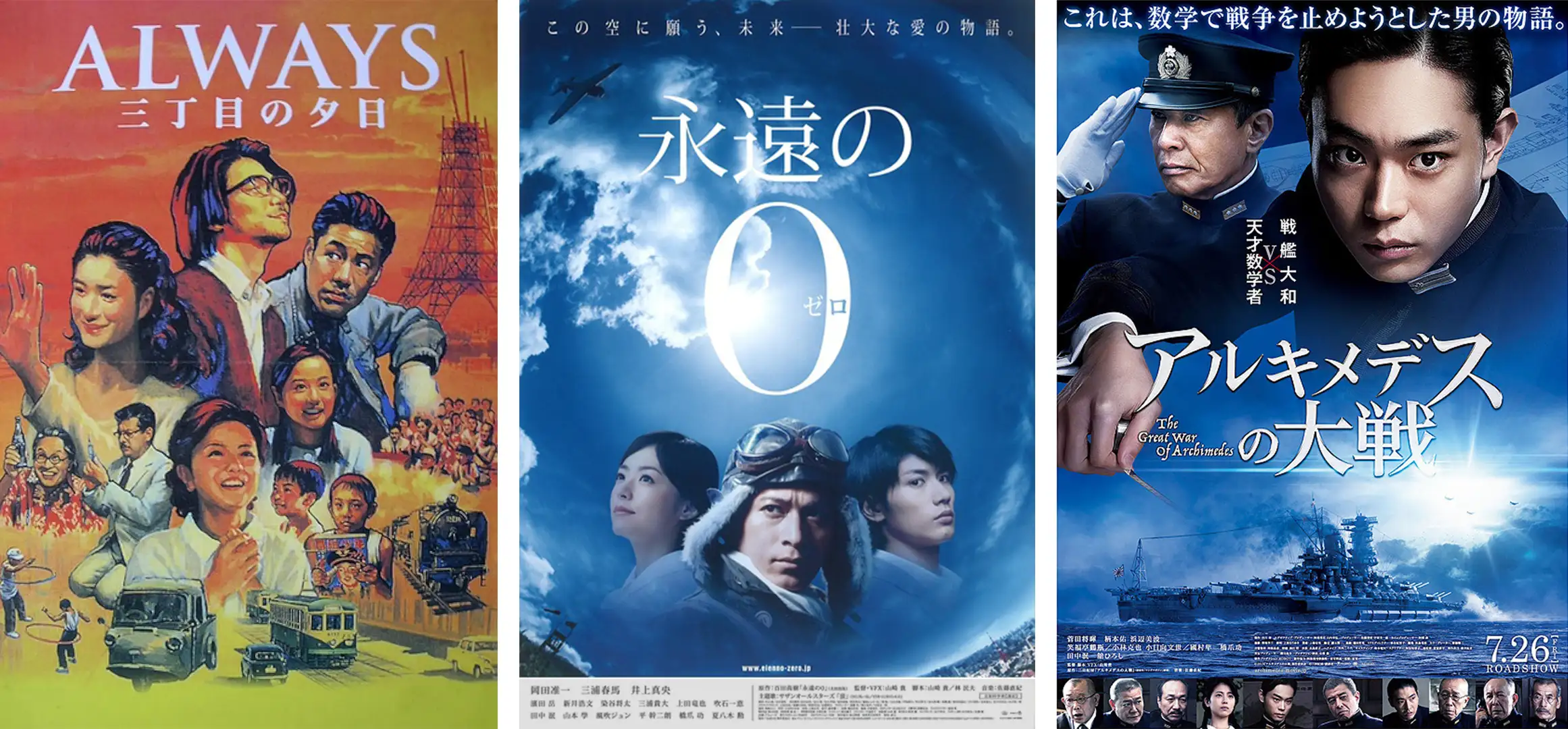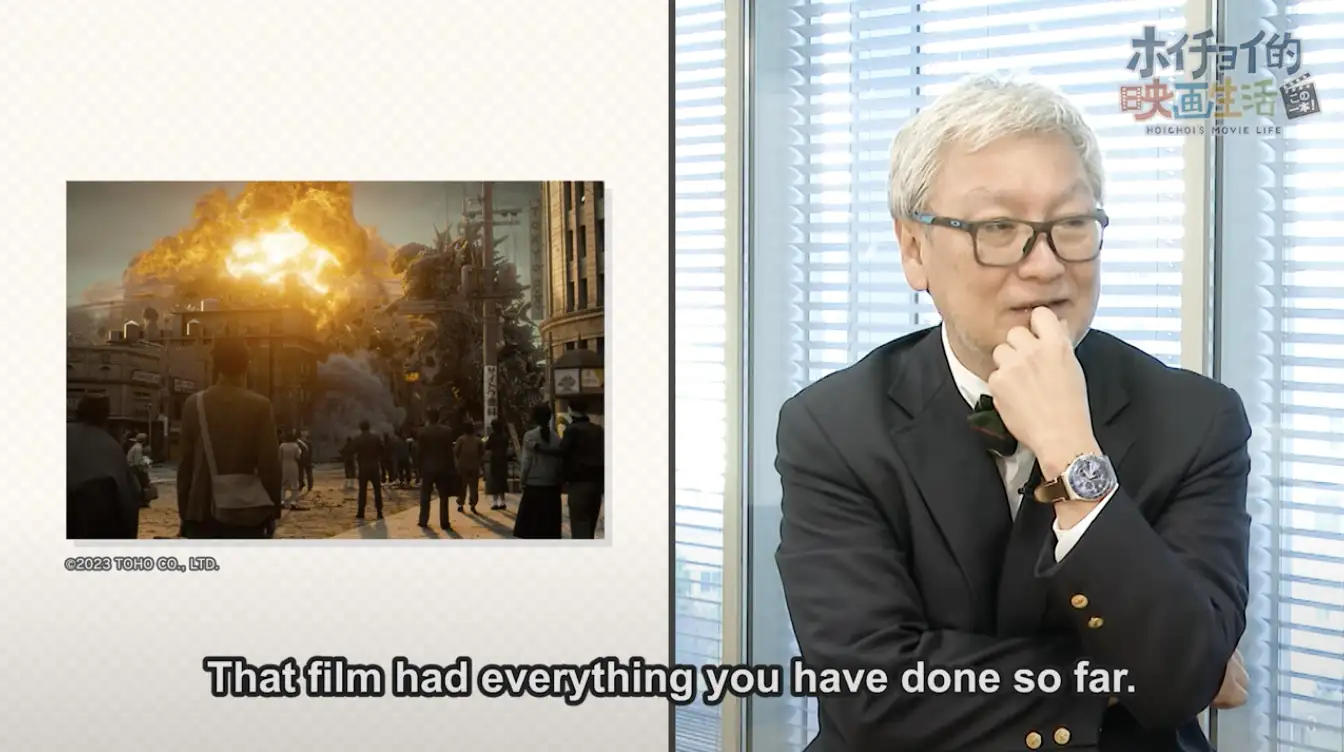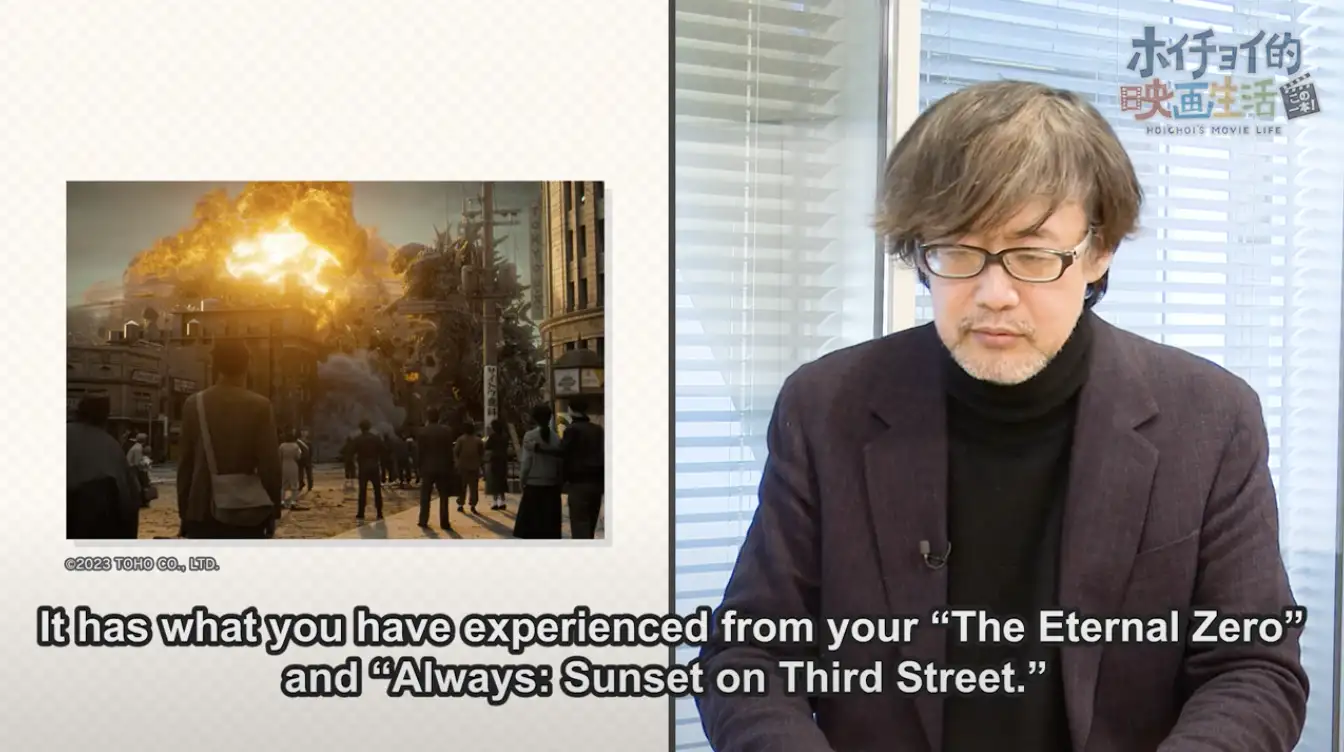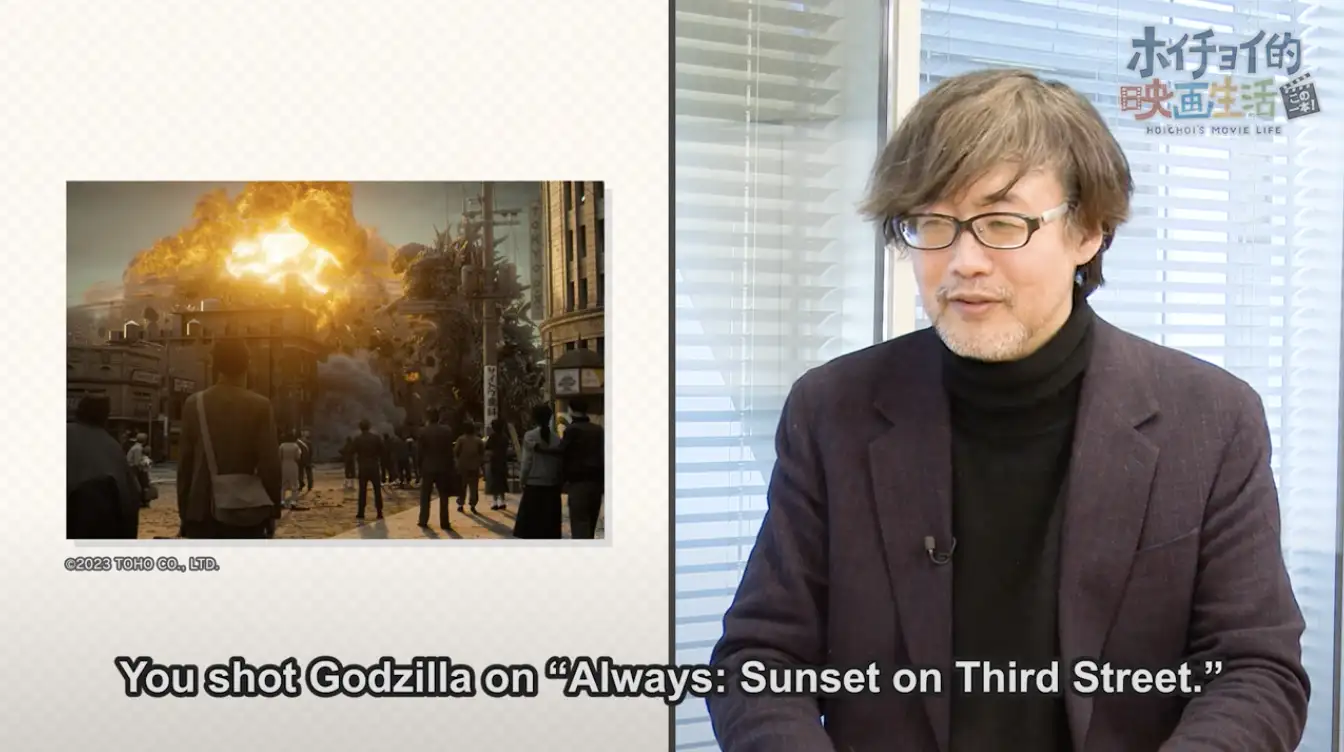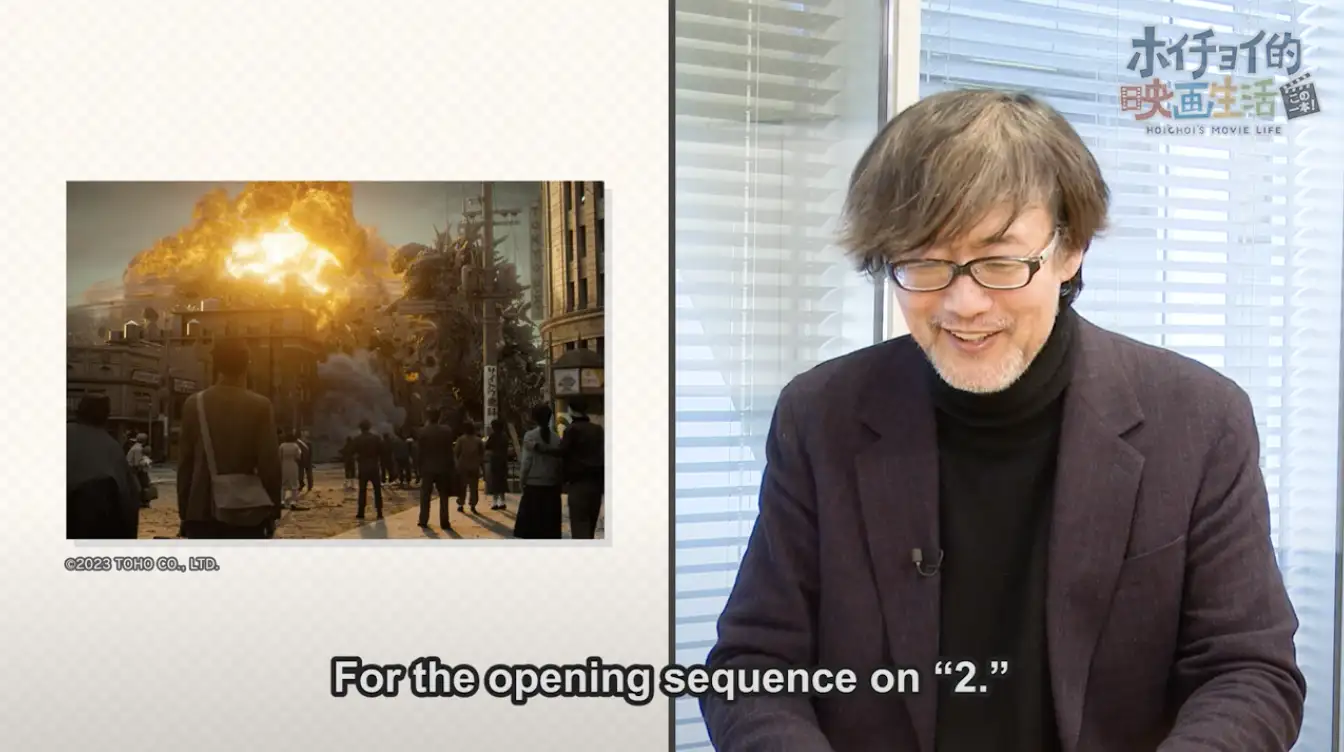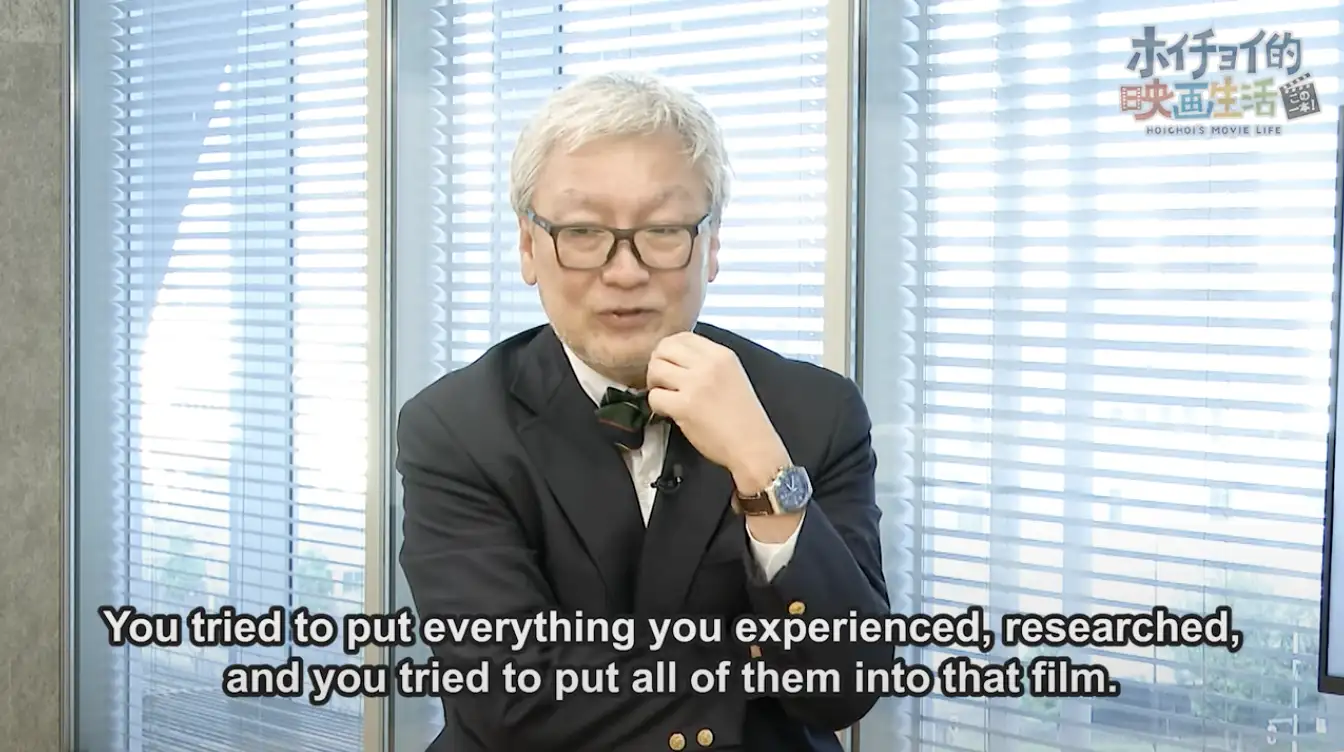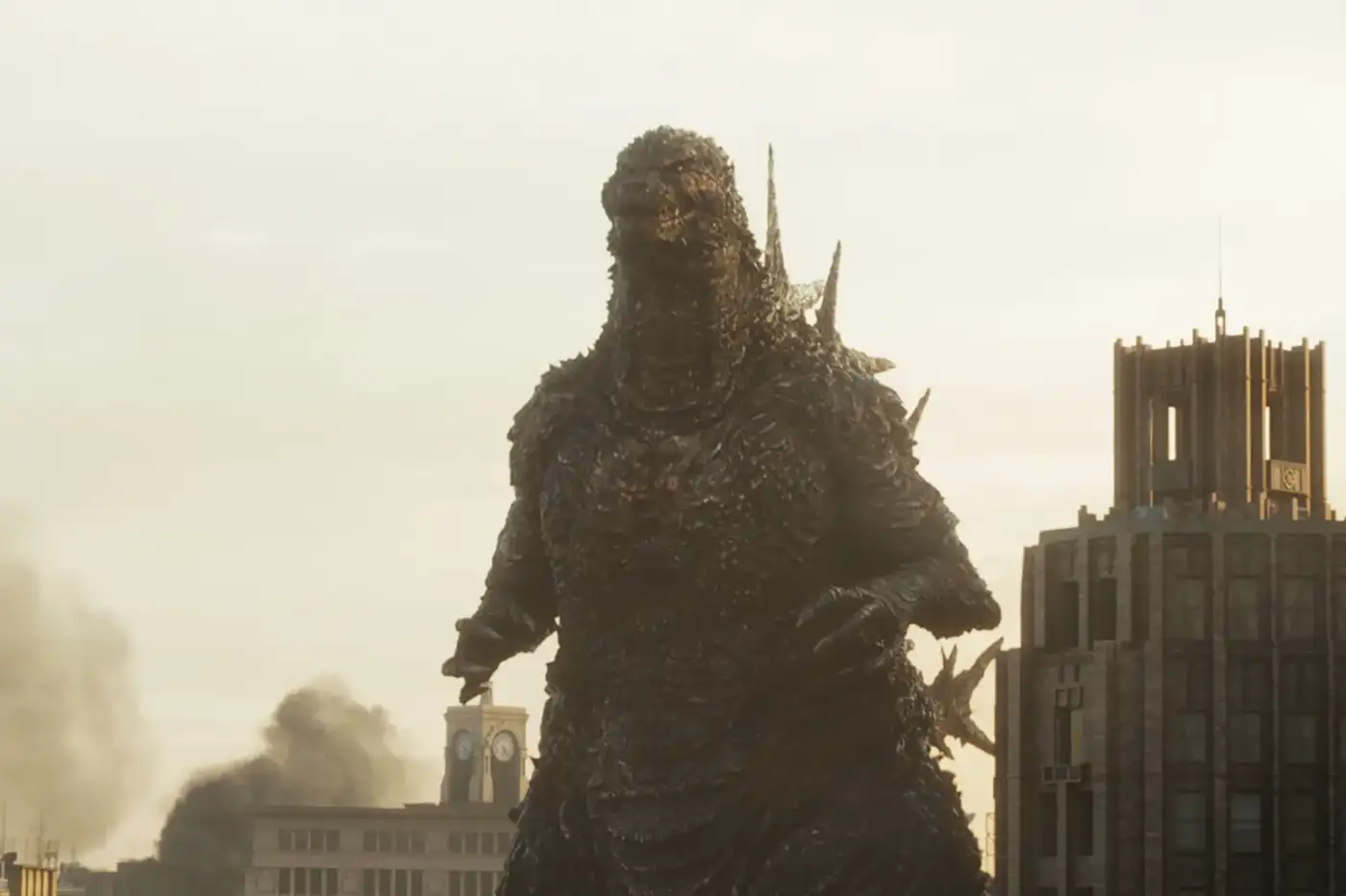1.26.2024 (Updated 1.26.2024)
Congratulations Director Takashi Yamazaki and the entire cast, crew and staff of Godzilla Minus One on your Academy Award (Oscar) Nomination for Best Visual Effects and twelve nominations from the 47th Japan Academy Film Prize. In 70 years of Godzilla movie history, there has not been a more critically-acclaimed and decorated film. Prior to its release, most fans didn’t know what Godzilla to expect in Minus One. We have our ideas of what we thought made a good Godzilla movie. We go back-and-forth about the right balance of Godzilla screen time and what is the right use of human characters. These debates are over. Director’s Yamazaki’s Godzilla has shown us the stuff that makes a great Godzilla movie. What makes Minus One great? And how did Yamazaki do it? As a novice movie critic and fan let me offer my answer.
